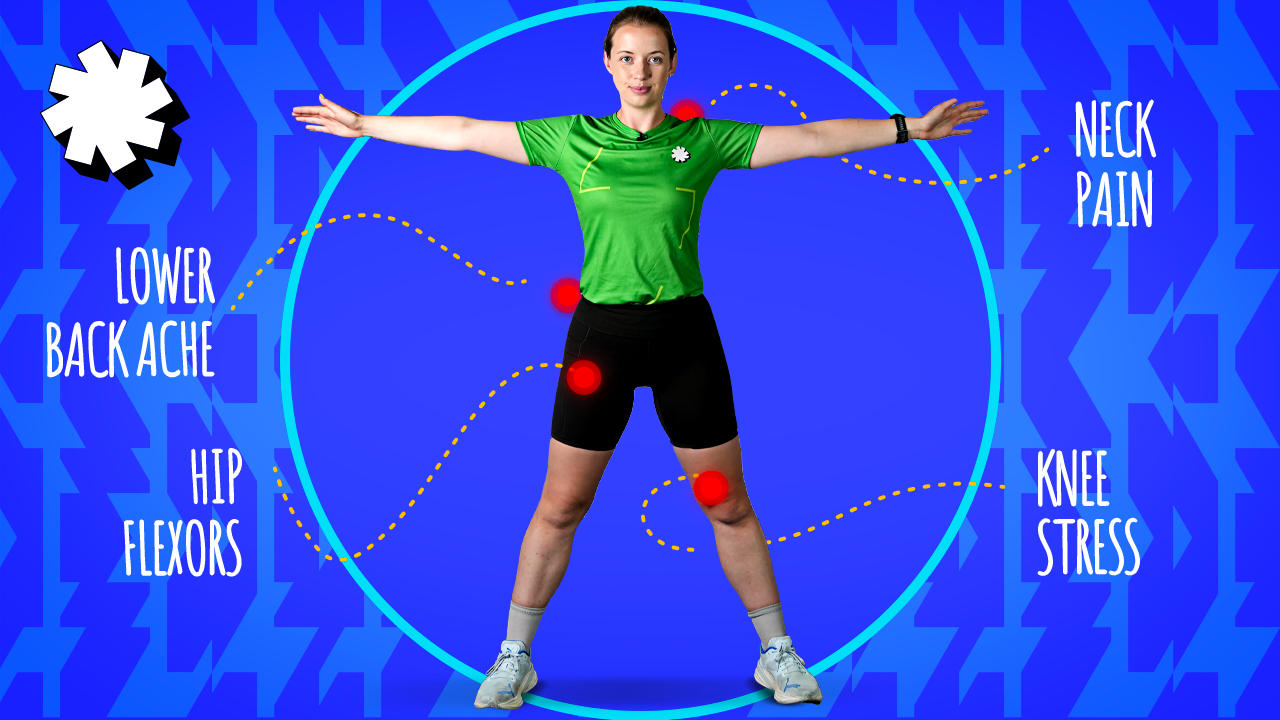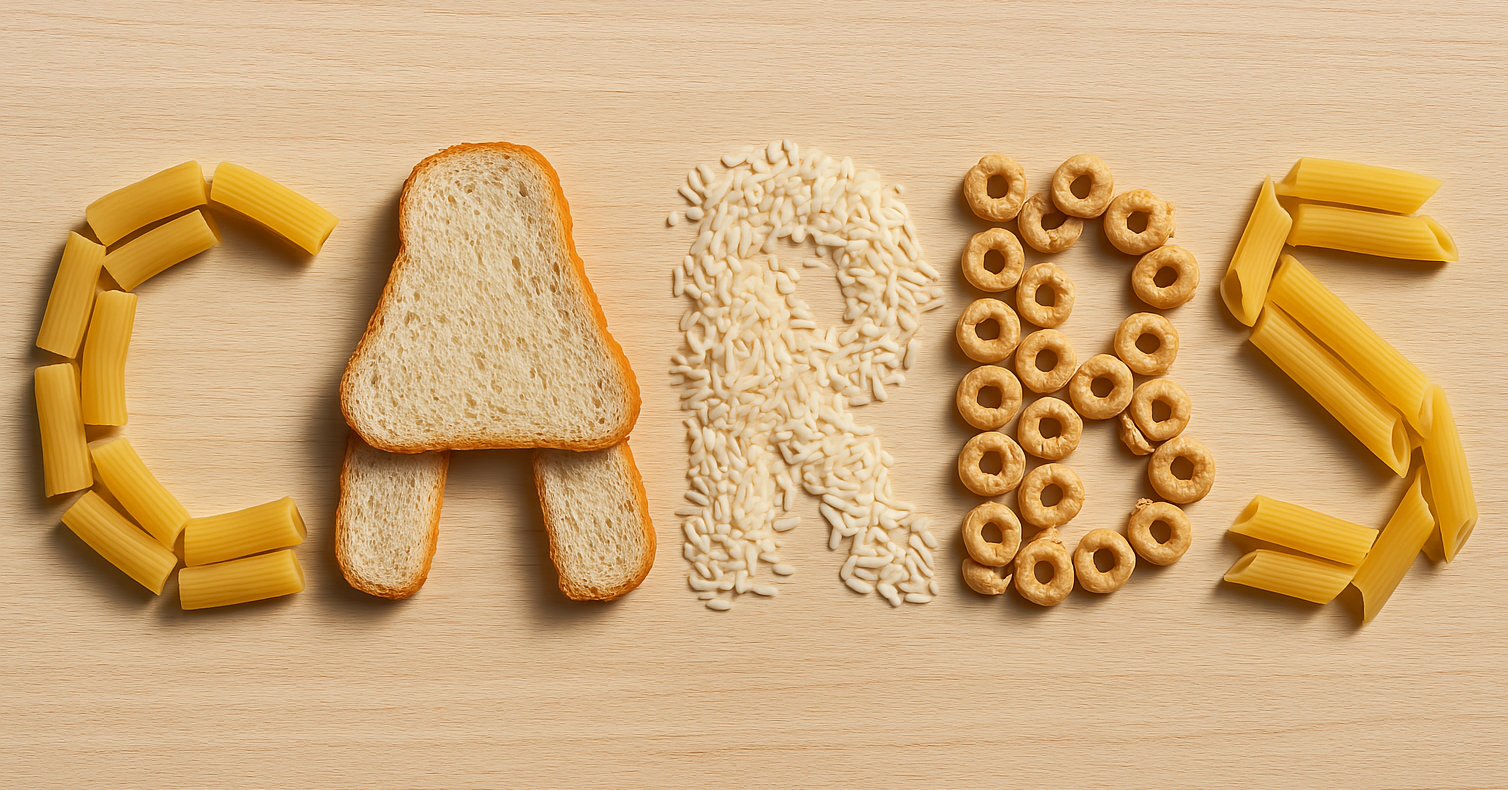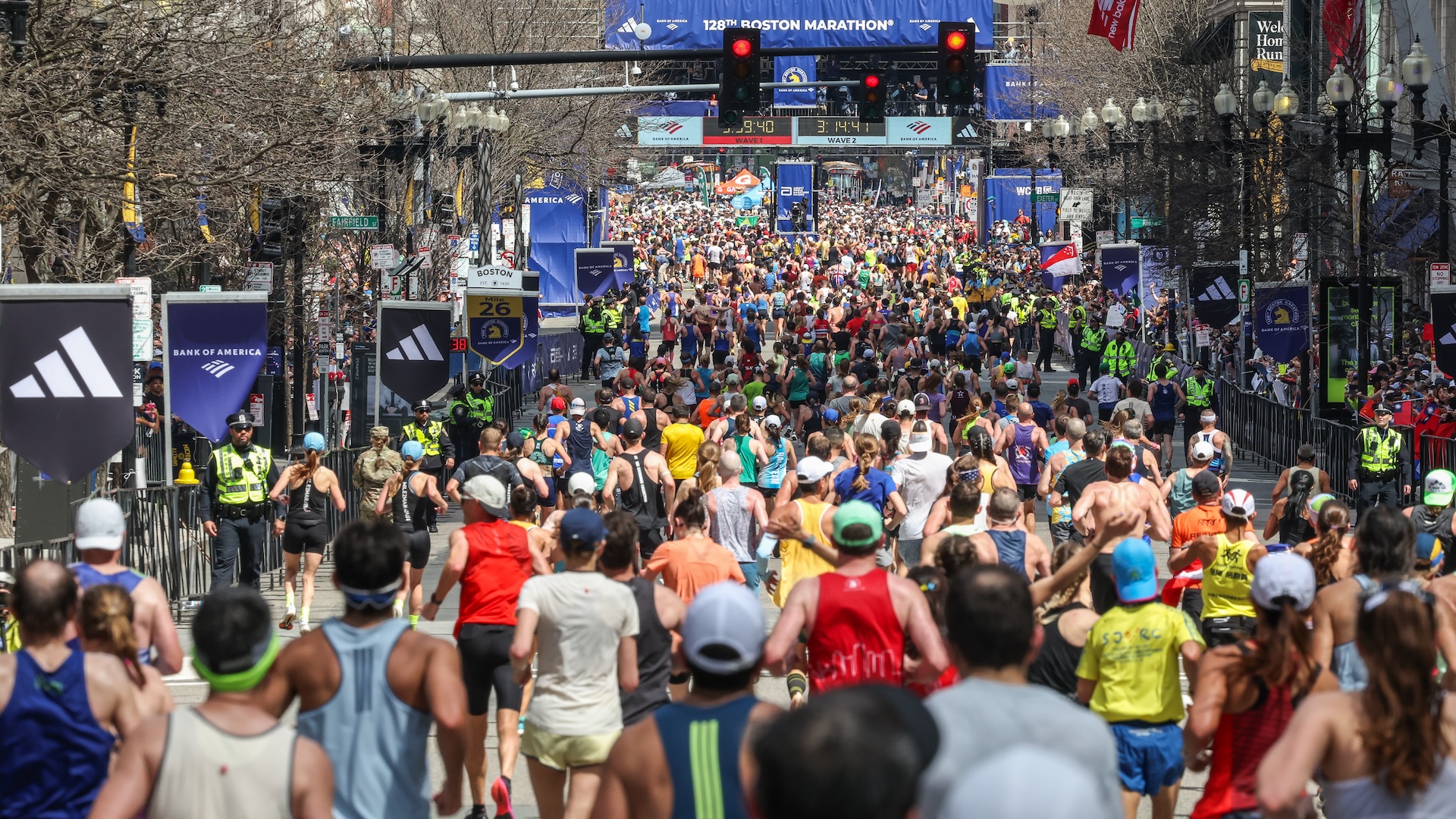What Is A Niggle And What Is An Injury?

“I’ve got a little niggle” is something we often hear around The Running Channel office. An ache here, some soreness or tightness there, and some extra caution when planning a lunchtime run. But if someone says “I’m injured”, it’s a much bigger deal because it means there is no lunch run for them.
But what’s the difference between a niggle and an injury? And how do you deal with them?
And a quick disclaimer: we’re runners, not doctors or physiotherapists. We can share our personal experience of injuries and niggles, and what we consider best practice, but you should always speak to a medical professional if you are concerned about any pain or discomfort as they can give you the best advice.
WHAT IS A NIGGLE?
A niggle is some low-level discomfort that you feel in a muscle, tendon or joint.
That little ache in the middle of your knee. The tightness in your achilles or under your foot. A pinch in the hip flexor. You might experience these feelings at rest, in the night, or while running, and they may come and go. With this sort of discomfort you can still do everything as normal (at least easy runs), but it’s a little annoying and you worry that it could get worse.
Niggles are often a sign that you need to correct something – your training volume might be too high, you may have strength imbalances, or the shoes you wear might not be right for you.
And niggles can turn into more serious injuries if you don’t look after them, so it’s always best to take an extra day or two off when the niggle develops rather than having to have a few weeks or more off if it becomes more serious.
WHAT IS AN INJURY?
An injury is significant discomfort that you can’t or shouldn’t run on as it causes you a high level of pain or may make you walk or run in an unnatural way (like limping, for example).
Injuries could come from general weaknesses or overuse which develop over time (like runner’s knee), or they could come from a single moment, like pulling a muscle or falling and injuring yourself.
The most common running injuries are: knee pain (including general ‘runner’s knee’ and IT band syndrome), achilles tendinopathy, a strained or pulled muscle, shin splints, stress fractures, twisted ankle, plantar fasciitis, and even blisters or bad chafing.
If you aren’t sure whether you’ve got a niggle or an injury, then focus on rest for a few days, or book an appointment with a sports physio who will be able to assess you and suggest the best approach for you. Never run through pain or you risk causing more lasting damage.
WHAT CAUSES A NIGGLE?
Most niggles develop through overuse or a strength imbalance – though usually it’s a combination of both.
Overuse comes when you are trying to do too much, too soon. That could be increasing mileage too quickly, trying to run too many faster reps, or increasing hill reps. If our body isn’t strong enough to handle that change in volume and intensity, we can feel inflammation and discomfort. It’s our body giving us a warning that we’re doing too much.
A niggle could also be caused by weaknesses you have. For example, knee pain is often caused by having weak glutes. Strengthen your glutes and your knees might feel better.
Also, your running shoes could cause you to feel aches. The shoes might not be supportive enough for you, or they may have too much or not enough drop to them which puts pressure on your knees or calf muscles.
It can take some detective work to figure out what has caused your niggle, but look over your recent training and any changes you’ve made, and you might be able to spot the likely suspect.
HOW LONG DOES A NIGGLE TAKE TO GET BETTER?
This is an impossible question to answer…
Maybe it’ll ease and disappear in a day or two, or maybe it’s going to last a few months at a lingering low level.
Resting and doing strength or physio exercises (assigned by your actual physio!) could help you recover quicker, as could reducing your volume and intensity.
If you stubbornly continue to run, then the niggle may hang around for longer, or even get worse.
Remember: rest is best if you feel discomfort.
CAN YOU RUN WHEN YOU FEEL A NIGGLE?
First of all, take it easy or take a day or two off, or book an appointment with a sports physio.
If you run and feel discomfort that’s one or two out of 10, and you feel OK to carry on running with an unaffected stride, then just be careful. If the pain subsides after you begin running, then still be cautious, but if the pain increases, then slow down or stop – and never run through pain that’s more than three or four out of 10.
(What does four out of 10 pain feel like? Well, one out of 10 is just about noticeable; two is minor but you notice it’s there at a low level; three feels distracting and frustrating, but you can just about ignore it (though probably shouldn’t!); you can’t ignore four out of 10 because it’s persistent and becomes worrying.)
If you can figure out the cause of the niggle or discomfort, then do extra strength work or recovery work (like foam rolling, or a massage gun) to help you out. If you notice that you get this niggle after a particular type of running (hill sprints, track workouts, or from a particular pair of shoes) then assess why that is and skip those runs until you are pain free, while also working on accessory strength movements (if hills hurt your hamstrings, then work on your posterior leg muscles).
If you want to carry on training during a niggle, then are there other exercises you can do pain-free, like swimming, cycling or the elliptical?
HOW CAN YOU DEAL WITH A NIGGLE?
Seeing a sports physio will help you here. They will be able to properly assess you and figure out what is causing your discomfort, and they will also suggest the best way to deal with the issue.
You could use ice packs if you feel inflammation, or use cold therapy treatments (like Biofreeze), as this can alleviate discomfort.
If you feel OK to run (and if your physio has said it’s OK), then always take it easy to begin with. Just because your training plan says to run a fast 5km, doesn’t mean you should do it if it risks causing you more pain.
WHAT TO DO WHEN YOU’RE AN INJURED RUNNER?
When you’re injured, it’s important to speak to a sports physio who will be able to properly assess you and help you understand your specific injury and the treatments and recovery protocols required.
If you think your injury is minor, and you want to carry on training, then try other forms of low-impact cardio like cycling, swimming or the elliptical, but only if you don’t experience discomfort during exercise.
HOW DO YOU RETURN TO RUNNING AFTER AN INJURY?
If you’ve been out with a minor injury that’s set you back a few weeks, then start out with some short and easy runs. You don’t want to come back too quickly, and set yourself back a few weeks. You need to be patient, but can supplement your running with other forms of cardio like cycling, swimming or the elliptical.
When you feel ready to add more intensity back into your training, then begin with short tempo runs or intervals (a 3 x 3 minute tempo, or 5 x 1 minute intervals).
If you’ve had a more serious injury that’s stopped you from running for several weeks or months, then speak to a physio or a professional coach who can ease you back into running and suggest other strength work that’s necessary for a sensible and structured return to running. Coming back from bigger injuries can be complex and should never be rushed.




























Running News
Ingebrigtsen Stars at World Athletics Indoor Championships 2025 – Plus All The Winners!
Sam Ruthe Is First 15-Year-Old To Run A Four-Minute Mile!
Eliud Kipchoge Will Run The 2025 Sydney Marathon!